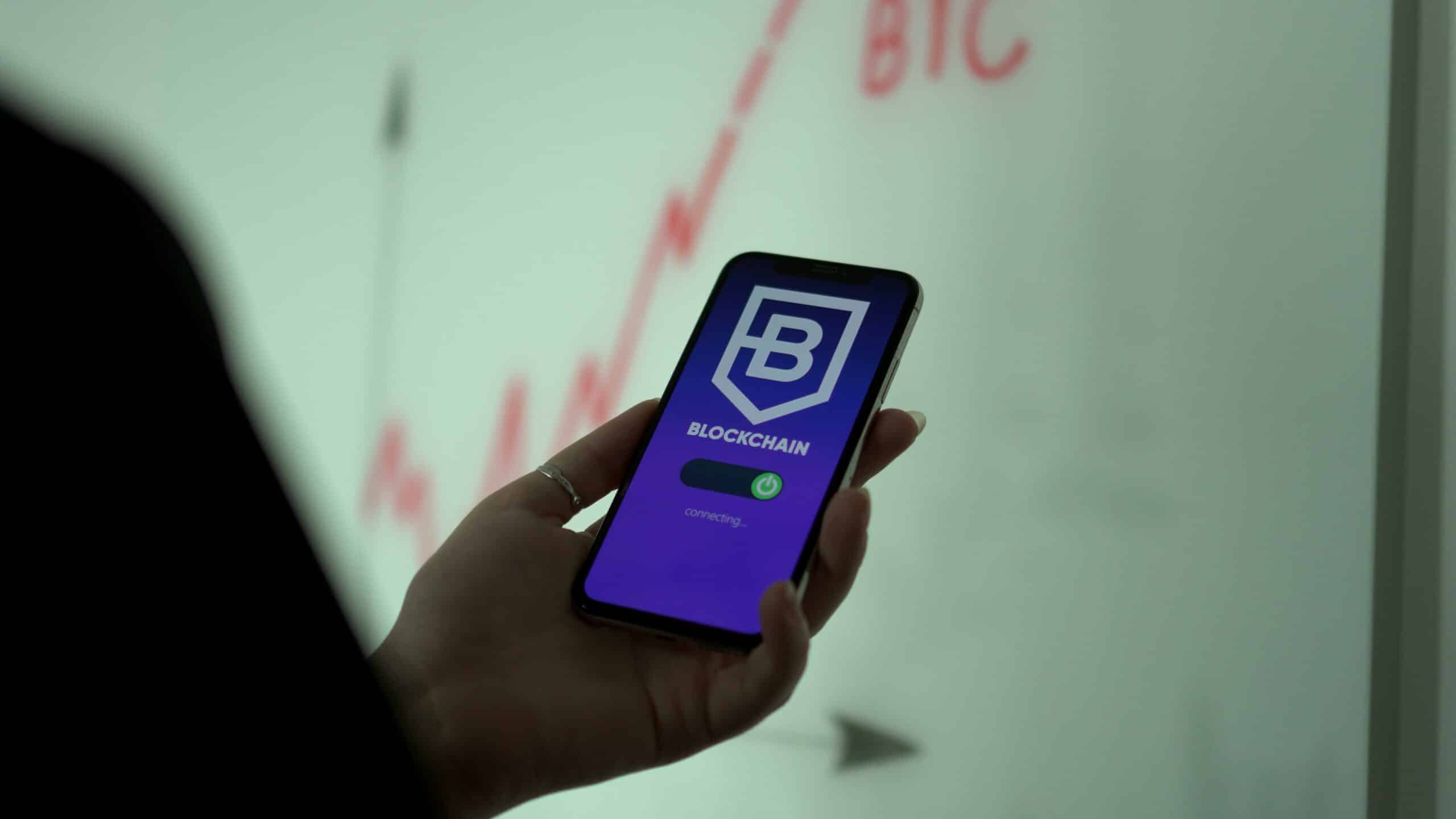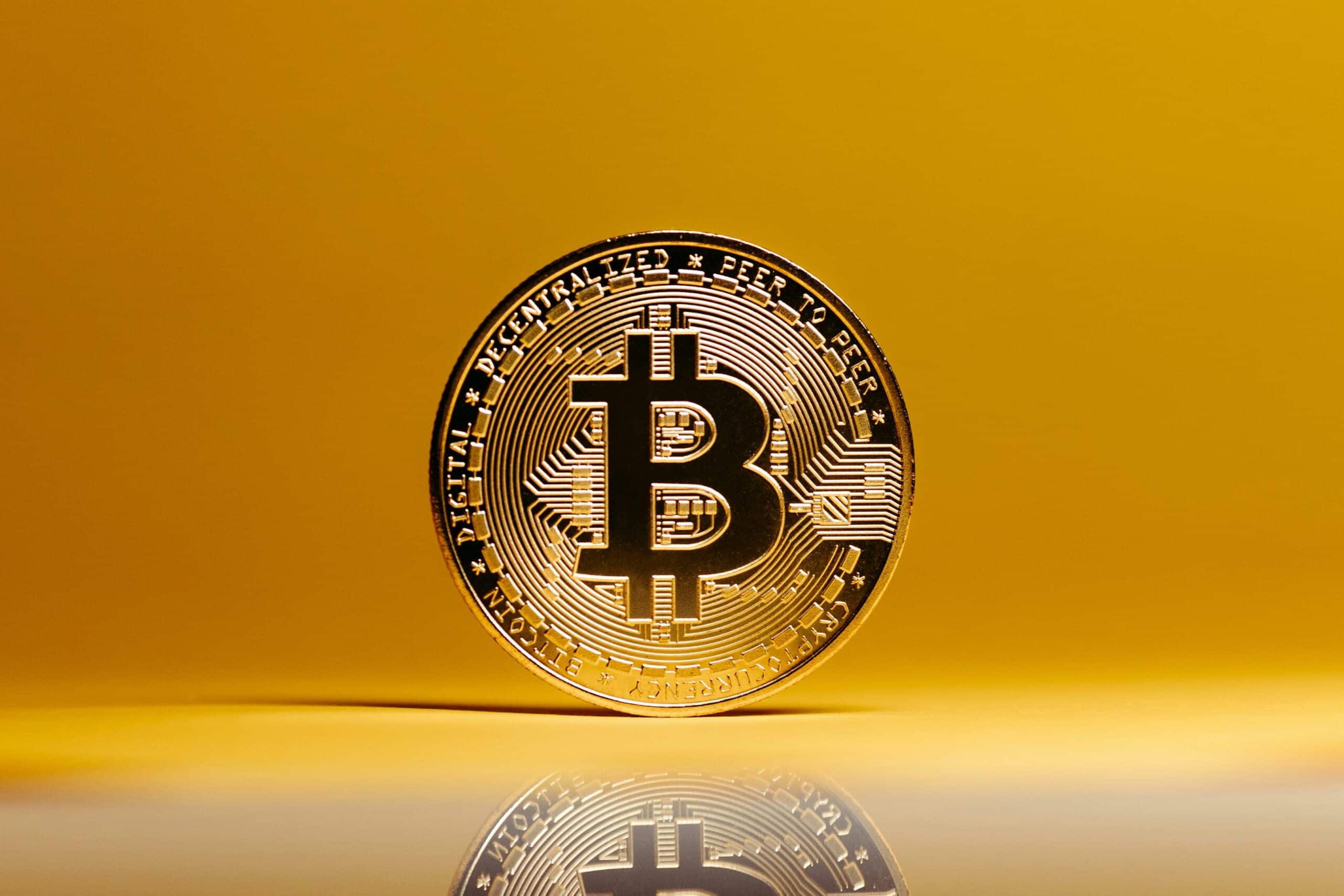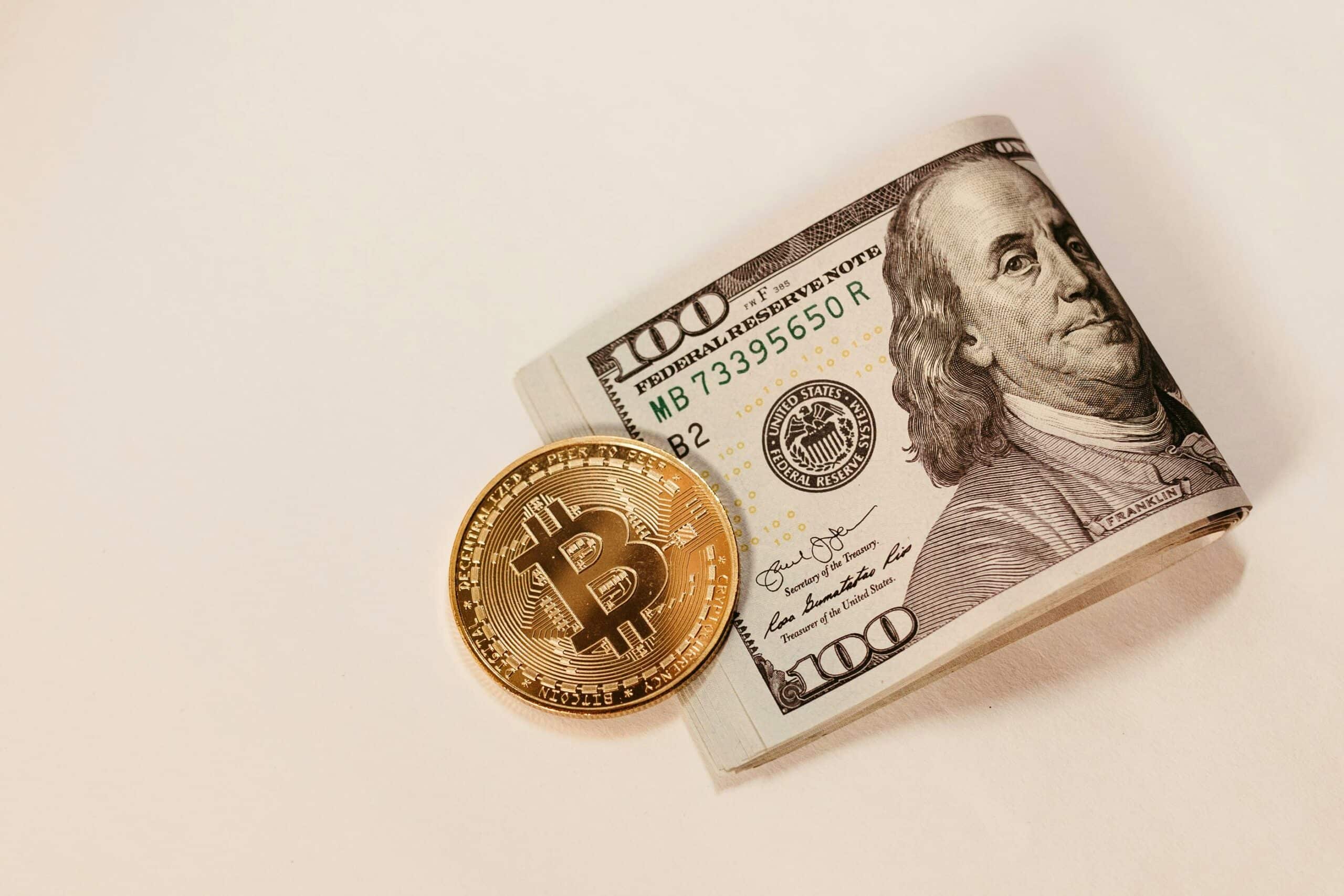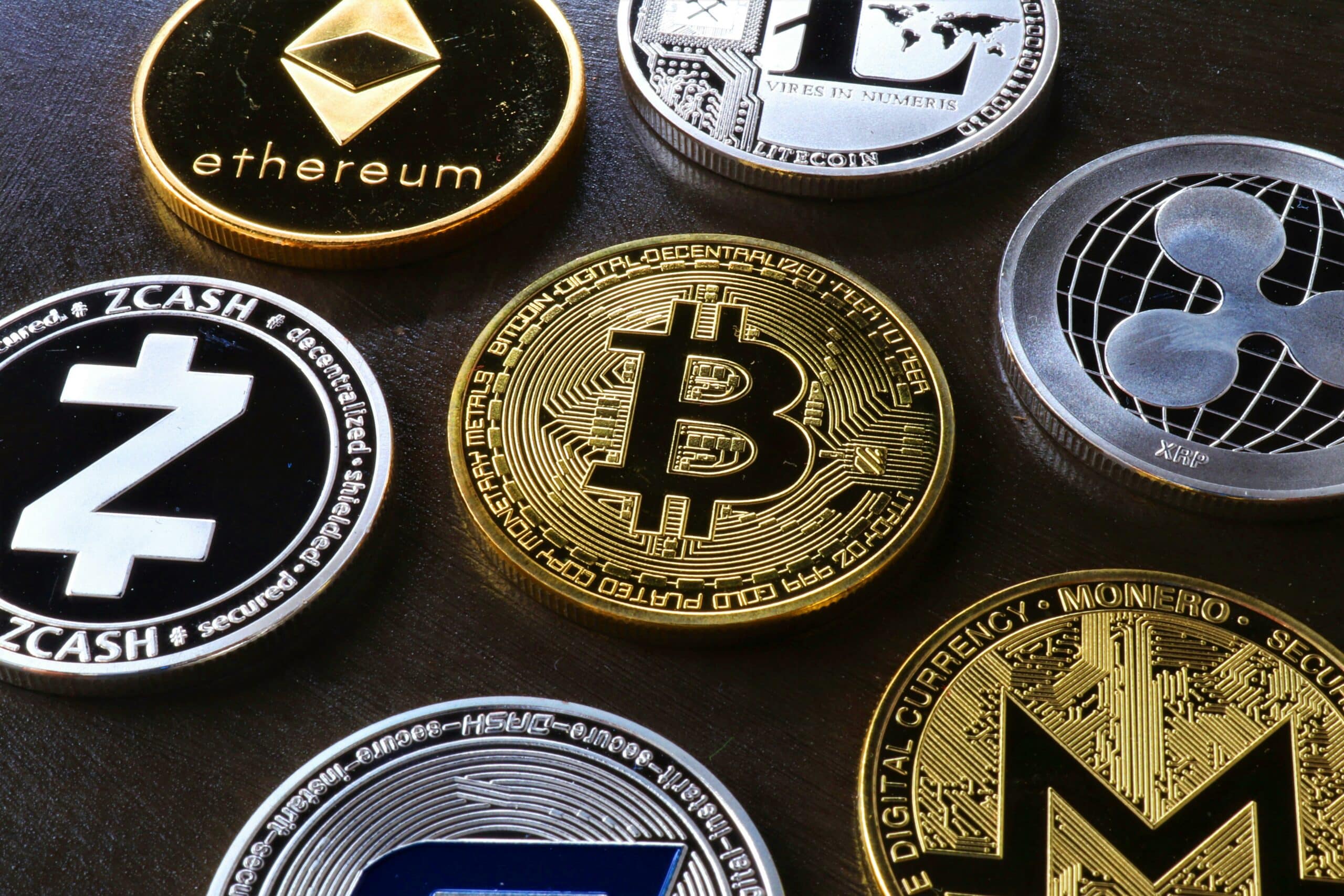The digital landscape of cryptocurrencies has witnessed the rise of two prominent contenders – Bitcoin and Litecoin. These digital assets, both operating on the principles of decentralization and blockchain technology, possess distinct qualities that set them apart from one another.
In this comprehensive comparison, we will explore the fascinating contrasts between Bitcoin and Litecoin, shedding light on their individual attributes, use cases, and potential impact on the ever-evolving world of digital finance.
Whether you are a seasoned crypto enthusiast or just starting out on crypto your journey, this exploration will provide valuable insights into the world of Bitcoin and Litecoin, helping you make informed decisions in the exciting realm of cryptocurrencies.
Table of Contents
What is Bitcoin?

Emerging onto the scene in 2009, Bitcoin made history as the very first cryptocurrency, introducing the concept of digital gold or “gold 2.0.” Pioneered by the enigmatic Satoshi Nakamoto, Bitcoin was designed to be a scarce, durable, and divisible digital currency, akin to its physical gold counterpart.
Here are some of the key characteristics of Bitcoin:
Scarce
Bitcoin’s scarcity is one of its fundamental features that sets it apart from traditional currencies. Unlike fiat currencies that can be printed in unlimited quantities by central banks, Bitcoin has a fixed supply of 21 million coins. This scarcity is hardcoded into its protocol and ensures that there will never be more than 21 million Bitcoins in existence. That is why Bitcoin is often compared to precious metals like gold, which also have limited supplies, making it a deflationary asset.
Durable
The durability of Bitcoin lies in the robustness of its underlying technology, the blockchain. This decentralized and distributed ledger securely records all transactions, ensuring their permanence and preventing any alteration or tampering. As long as the network remains active and maintained by miners, Bitcoin’s transaction history will remain secure, making it a reliable and long-lasting digital currency.
Divisible
Bitcoin’s divisibility allows for microtransactions and flexibility in its use. Each Bitcoin can be divided into smaller units called satoshis. One Bitcoin consists of 100 million satoshis, enabling users to make transactions with tiny fractions of a Bitcoin. This divisibility makes Bitcoin practical for both small everyday purchases and large-scale investments.
Decentralized
At the core of its philosophy, Bitcoin operates on a decentralized peer-to-peer network. Unlike traditional currencies controlled by centralized authorities, Bitcoin’s network relies on independent nodes worldwide to validate transactions and uphold the integrity of the blockchain. This decentralized nature ensures that no single entity has full control over Bitcoin, empowering users with complete ownership and control of their funds.
Deflationary
Bitcoin’s deflationary nature stems from its capped supply and increasing demand. With a fixed supply of 21 million coins, as demand for Bitcoin grows, its scarcity drives up its value. As more people and institutions adopt Bitcoin, the limited supply in the face of increasing demand may lead to price appreciation over time. This deflationary aspect contrasts with fiat currencies, which can experience inflation due to the printing of new money by central banks, potentially eroding their value over time.
What is Litecoin?

Litecoin, often affectionately dubbed the “silver to Bitcoin’s gold,” entered the cryptocurrency stage in 2011, with Charlie Lee, a former Google engineer, at its helm.
While sharing the fundamentals of decentralization and blockchain technology with Bitcoin, Litecoin was crafted to facilitate faster and more scalable transactions and aim to be a nimble and efficient medium of exchange.
Setting itself apart from Bitcoin’s 10-minute block time, Litecoin boasts a 2.5-minute block time, substantially reducing transaction confirmation times and enhancing the overall transaction experience.
The innovative Scrypt hashing algorithm utilized by Litecoin for mining contributes to its accessibility, catering to a broader range of miners and ensuring a more democratized network.
Let’s explore some of the key characteristics that make Litecoin unique:
Scarce
Like Bitcoin, Litecoin boasts scarcity as a fundamental characteristic. With a capped supply of 84 million coins, Litecoin’s fixed issuance ensures there will never be more than 84 million Litecoins in existence. This scarcity positions Litecoin as a deflationary asset, appealing to those seeking protection against inflation.
Durable
Litecoin’s durability is a result of its reliance on blockchain technology, much like Bitcoin. The decentralized and distributed ledger securely records all Litecoin transactions, ensuring their permanence and safeguarding against tampering. As long as the network remains active and maintained by miners, Litecoin’s transaction history remains intact, enhancing its trustworthiness as a digital currency.
Divisible
Litecoin, similar to Bitcoin, is divisible into smaller units called litoshis. Each Litecoin comprises 100 million litoshis, allowing for microtransactions and offering users flexibility in their transactional activities. This divisibility makes Litecoin practical for both everyday small purchases and larger investment transactions.
Decentralized
At its core, Litecoin operates on a decentralized peer-to-peer network, mirroring the philosophy of Bitcoin. Free from control by centralized authorities, Litecoin’s network relies on independent nodes globally to validate transactions and maintain the integrity of its blockchain. This decentralization empowers users with complete ownership and control over their Litecoin funds.
Deflationary
Litecoin shares Bitcoin’s deflationary nature, driven by its capped supply and potential increasing demand. With only 84 million Litecoins available, heightened demand may lead to an appreciation in Litecoin’s value over time. This deflationary aspect distinguishes Litecoin from traditional fiat currencies, which may experience inflation due to centralized control and money printing.
Bitcoin vs. Litecoin: A Comparative Analysis

While Bitcoin and Litecoin share the foundation of decentralization, they cater to different user preferences and scenarios.
Bitcoin excels as a store of value, whereas Litecoin shines as a fast and economical medium for everyday transactions. Both cryptocurrencies have their distinct strengths, attracting diverse user bases and contributing to the evolving landscape of decentralized finance.
Here’s a breakdown of the key differences between Bitcoin and Litecoin:
Purpose and Functionality
- Bitcoin: Bitcoin primarily emphasizes being a store of value and a digital alternative to traditional fiat currencies. It is often regarded as “digital gold” and sought after for long-term value preservation.
- Litecoin: Litecoin aims to serve as a fast and efficient means of conducting peer-to-peer transactions. It focuses on facilitating everyday transactions with low fees and quick confirmation times.
Block Time
- Bitcoin: Bitcoin’s 10-minute block time provides robust security but may lead to slightly longer transaction confirmation periods.
- Litecoin: Litecoin’s 2.5-minute block time allows for faster transaction validations, making it suitable for users seeking quicker exchange experiences.
Hashing Algorithm
- Bitcoin: Bitcoin utilizes the SHA-256 algorithm for mining, which requires significant computational power. This design caters to large-scale mining operations.
- Litecoin: Litecoin employs the Scrypt algorithm for mining, making it more accessible to individual miners with consumer-grade hardware.
Adoption and Recognition
- Bitcoin: As the pioneering cryptocurrency, Bitcoin has achieved broader adoption and recognition compared to Litecoin. It holds a prominent position in the digital asset space and boasts a significantly higher market capitalization.
- Litecoin: While Litecoin enjoys recognition as a major cryptocurrency, it has not reached the same level of adoption and market capitalization as Bitcoin.
Developer Community
- Bitcoin: With its longer presence in the market, Bitcoin has cultivated a larger and more established developer community.
- Litecoin: Although Litecoin has an active developer community, it is comparatively smaller due to its shorter time in the market.
Perception and Use Cases
- Bitcoin: Bitcoin is widely perceived as a reliable store of value and is often considered a hedge against economic uncertainties. It is favored for long-term investment and wealth preservation.
- Litecoin: Conversely, Litecoin is favored for its focus on rapid and affordable everyday transactions. It appeals to users seeking a practical and efficient means of exchanging value in daily transactions.
Examples of Bitcoin and Litecoin Exchanges
In this section, we will delve into the popular cryptocurrency exchanges that cater specifically to users interested in trading Bitcoin and Litecoin. These platforms provide a diverse array of options, catering to both newcomers and seasoned enthusiasts, ensuring a seamless and rewarding trading experience.
Binance.US
Binance.US is a reputable cryptocurrency exchange that supports both Bitcoin and Litecoin trading. With its wide selection of trading pairs, users can easily buy, sell, and trade Bitcoin and Litecoin against other cryptocurrencies and fiat currencies.
Binance.US offers a user-friendly interface and competitive fees, making it an excellent choice for both beginners and experienced traders looking to explore the world of Bitcoin and Litecoin trading.
eToro
eToro is a popular social trading platform that allows users to invest in Bitcoin and Litecoin.
Users can buy and hold these cryptocurrencies for the long term, taking advantage of their potential as store-of-value assets. eToro’s user-friendly interface and social trading features make it a suitable platform for users who prefer a hands-on approach to cryptocurrency investing.
CEX.io
CEX.io is a well-established exchange that provides a simple and secure platform for trading Bitcoin and Litecoin.
Users can easily buy, sell, and exchange these cryptocurrencies using various payment methods. CEX.io’s focus on security and user experience makes it a reliable platform for users seeking a straightforward way to trade Bitcoin and Litecoin.
Coinmama
Coinmama is a user-friendly platform that allows users to buy Bitcoin and Litecoin with fiat currencies. It provides a convenient and secure way for users to enter the cryptocurrency market by purchasing these digital assets with ease.
Coinmama’s emphasis on simplicity and accessibility makes it a popular choice for first-time buyers of Bitcoin and Litecoin.
Uphold
Uphold is a versatile platform that supports Bitcoin and Litecoin, enabling users to store, buy, and sell these cryptocurrencies. Its user-friendly interface and emphasis on security make it a reliable option for users seeking a secure crypto wallet to manage their Bitcoin and Litecoin holdings.
BitMart
BitMart is a global cryptocurrency exchange that supports both Bitcoin and Litecoin trading. Its wide range of trading pairs and competitive fees appeal to users interested in exploring various cryptocurrency options, including Bitcoin and Litecoin.
Hardware Wallets for Bitcoin and Litecoin

Let’s take a closer look at two leading hardware wallets renowned for their secure and reliable storage of Bitcoin and Litecoin. With an emphasis on security and user-friendly interfaces, Ledger and Trezor offer peace of mind for users seeking a safe and convenient way to safeguard their digital assets.
Ledger
Ledger is a well-established and highly reputable hardware wallet manufacturer known for its top-notch security features. As a hardware wallet, Ledger provides users with a physical device to store their Bitcoin, Litecoin, and various other cryptocurrencies offline, keeping them safe from potential online threats like hacking and phishing attacks. The device’s private keys, which are essential for accessing and managing the cryptocurrencies, are stored securely within the hardware wallet, ensuring that they remain inaccessible to potential attackers.
Ledger’s hardware wallets are designed to be user-friendly and easy to set up, making them suitable for both beginners and experienced users. Additionally, Ledger regularly releases firmware updates to enhance security and add support for new cryptocurrencies, ensuring that users can securely manage an expanding range of digital assets. For those seeking a robust and reliable solution to protect their Bitcoin and Litecoin holdings, Ledger stands as a top choice.
Trezor
Trezor, another prominent hardware wallet, has earned a solid reputation for its commitment to security and simplicity. Like Ledger, Trezor provides users with an offline storage solution for Bitcoin, Litecoin, and other cryptocurrencies, protecting them from potential online vulnerabilities. The private keys are securely stored within the hardware wallet, away from the reach of potential cyber threats.
Trezor’s hardware wallets emphasize user-friendly interfaces, making them accessible even to those with limited technical expertise. The wallet setup process is straightforward, allowing users to quickly start managing their Bitcoin and Litecoin holdings with ease. Trezor also keeps up with the evolving crypto landscape by regularly updating its firmware to enhance security and support additional cryptocurrencies, ensuring that users can safely store and manage their digital assets.
For users seeking a trustworthy and user-friendly hardware wallet to safeguard their Bitcoin and Litecoin, Trezor offers a reliable solution backed by a track record of security and customer satisfaction.
Conclusion
As the cryptocurrency landscape continues to evolve, staying informed about the individual traits and potential impacts of Bitcoin and Litecoin is crucial for making well-informed decisions in this dynamic and ever-expanding realm.
Exploring both cryptocurrencies and their unique features could lead to a well-balanced and diversified approach to embracing the possibilities that digital assets offer in shaping the future of the financial world.
Stay informed and up to date with the latest trends and developments in the world of cryptocurrencies by signing up for the Crypto Bookworms newsletter. Don’t miss out on valuable insights, expert analyses, and exclusive content that will help you navigate the dynamic landscape of digital assets.
Join our community of crypto enthusiasts today and elevate your understanding of the ever-evolving crypto market. Sign up now to become a Crypto Bookworm!














